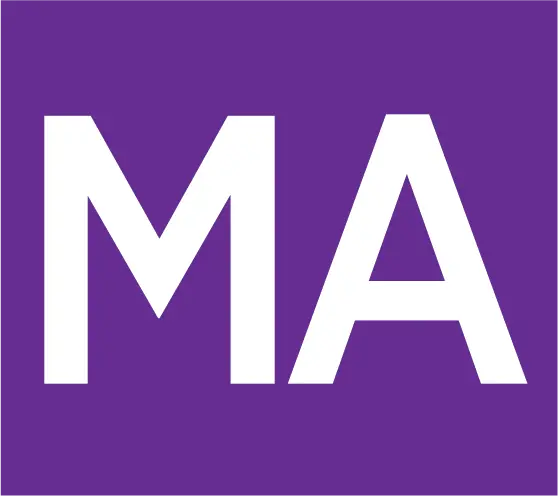BEMA Platform
Under the guidance of the Bureau of Counterterrorism (CT/P), a suite of COTS and GOTS software is in a Technology Pilot phase to address collection of battlefield evidence. This BEMA Platform is an innovative suite of mobile applications and websites that support the collection of structured data from the field and sharing with law enforcement commanders and civil justice organizations. The platform also offers: micro-training services, reference materials and user feedback. The driving design principles for BEMA: Ease of use, Low sustainment costs and Flexible adaption into host nation business processes and IT infrastructure.


Mobile Application
The Battlefield Evidence Mobile Application (BEMA) is a smartphone application created to guide and enhance site exploitation and evidence collection. Enables simultaneous sharing and transfer of investigatory information from military to civilian law enforcement.
Designed to operate in austere environments and to help standardize more robust documentation, particularly in populations with low rates of literacy.

Management Exchange
The BEMX component of the platform is a web-based service that aggregates BEMA files collected in the field. It allows commanders, investigators and evidence managers to analyze/merge BEMA case data, maintain situational awareness for operating areas and search/track the disposition of people and evidence.
BEMX can be readily adopted to share information with external ( legacy) systems within the country or region that support: Identity Management (e.g. IAFIS), laboratory/investigation case management and human rights/immigration activities.

Micro Training
The BEMT component of the platform is a web-based service that takes existing training materials and standard operational procedures and delivers content to operators as learning/reference modules. The modules can be delivered in local languages with audio/video customized for local operations and dialects.
The potential exists to leverage existing content into smaller units of learning and reference materials which will reach a measurably greater segment of the host countries’ operational units and personnel.
BEMT also includes survey and feedback tools whereby end-users, and their commanders, provide feedback on the efficacy & outcomes of capabilities once deployed. This enables a “Kirkpatrick Level 3/4” type of feedback (behavior/outcomes).

BEMA English

